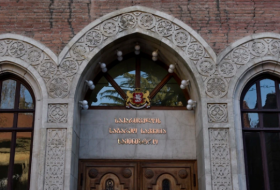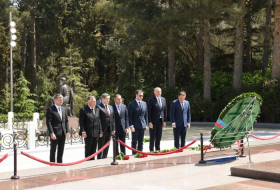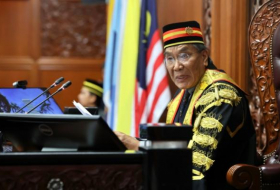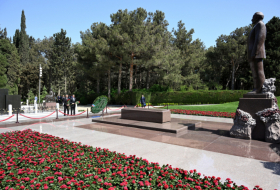Having studied under scholars including Sheik Muhammand Mansuri and then the imam Mowaffaq Nishapuri, Khayyam made great strides in both mathematics and astronomy during his lifetime.
At the age of 22, Khayyam was already making a name for himself in the field of mathematics through the publication of Treatise on Demonstration of Problems of Algebra and Balancing.
In the text, Khayyam explained his observation that cubic equations can have multiple solutions, as well as his methods for solving quadratic equations.
Shortly after, Khayyam’s astronomical knowledge was requested by Malik Shah, Sultan of the Seljuq Empire, in helping to reform the calendar.
Upon receiving an invitation to the Persian city of Isfahan, Khayyam worked in an observatory where he eventually succeeded in precisely measuring the length of the year, leading to the development of the new Jalali calendar, which was used until the 20th century.
His observations and the subsequent calendar was based on the sun's movement, as well as quadrennial and quinquennial leap years, with the calendar consisting of 25 ordinary years with 365 days and eight leap years that had 366 days.
In the West, however, it is Khayyam’s work as a poet and his collection of quatrains that is recognised and celebrated. The poems, written in four lines, were translated by Edward FitzGerald in the 1800’s and published in The Rubáiyát of Omar Khayyám.
Khayyam became famous for his poems posthumously, having died at the age of 83 on 4 December 1131.
In 1963, the Shah of Iran ordered Khayyam’s grave exhumed and his remains moved to a mausoleum in Nishapur where tourists could pay their respects.
Although not much is known about the personal life of Khayyam, it is believed that he had a wife, a son, and a daughter.
Read the original article on The Independent.
More about: OmarKhayyam
















































